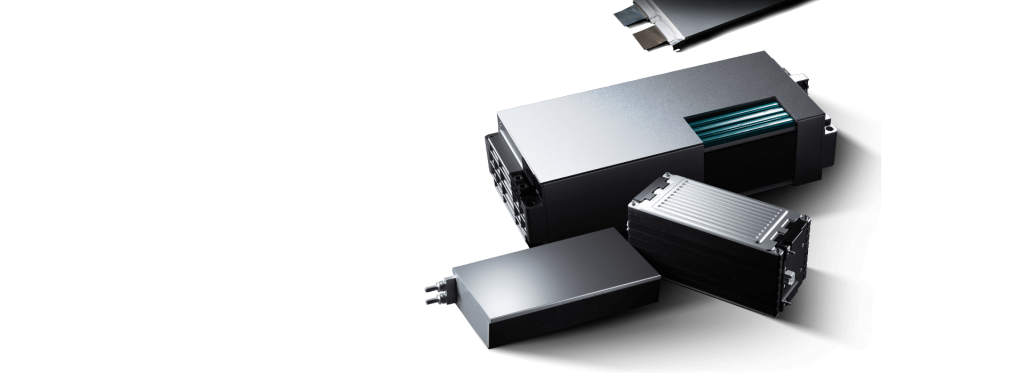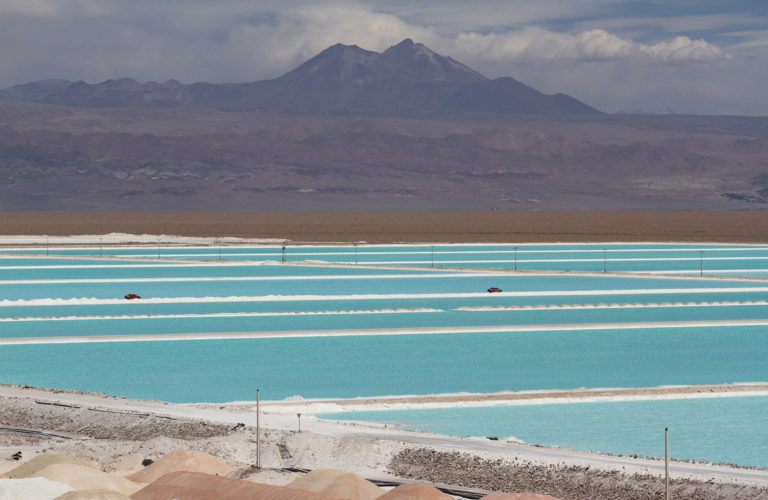Gentherm has been granted a patent for an electrically conductive film for a battery cell contacting unit. The film consists of an electrically nonconductive substrate layer, an electrically conductive metal layer, and an electrically nonconductive cover layer. The substrate layer has a lower modulus of elasticity than the cover layer, with a difference of at least 20 megapascals. The film’s structure is produced by material removal. GlobalData’s report on Gentherm gives a 360-degree view of the company including its patenting strategy. Buy the report here.
According to GlobalData’s company profile on Gentherm, UAV battery thermal management was a key innovation area identified from patents. Gentherm's grant share as of September 2023 was 48%. Grant share is based on the ratio of number of grants to total number of patents.
Electrically conductive film with nonconductive substrate and metal layer
A recently granted patent (Publication Number: US11751327B2) describes an electrically conductive film for a cell contacting unit in a battery. The film consists of an electrically nonconductive substrate layer, an electrically conductive metal layer, and an electrically nonconductive cover layer. The metal layer is joined to the substrate layer on one side and to the cover layer on the other side. The substrate layer has a lower modulus of elasticity than the cover layer, with a difference of at least 20 megapascals.
The electrically conductive film is designed to be electroconductively connected to contact poles of unit cells, making it suitable for use in various battery applications. The patent specifically mentions vehicle batteries as one potential use case.
The electrically conductive metal layer in the film includes multiple strip conductors, which may have different widths and bent sections. These strip conductors can change direction and are arranged between the contacting sections of the film. The widths of the strip conductors range between 5 millimeters and 1 millimeter.
The electrically nonconductive substrate layer of the film can be made of various materials, including thermoplastic plastics such as polyethylene naphthalate or polyethylene terephthalate, as well as thermoplastic elastomers or thermoplastic polyurethanes. The electrically conductive metal layer can be made of copper, copper alloys, aluminum, copper-clad aluminum (CCA), or aluminum alloys.
The patent also mentions the possibility of a protective film on the side of the film facing the unit cells. Additionally, the film can be an integral part of a cell voltage tap system, which allows for the measurement of individual cell voltages in a battery.
Overall, this patent describes an electrically conductive film with specific structural and material characteristics that make it suitable for use in battery applications, particularly in vehicle batteries. The film's design allows for efficient electrical conductivity and flexibility, while the choice of materials provides the necessary mechanical properties.
To know more about GlobalData’s detailed insights on Gentherm, buy the report here.
Data Insights
From

The gold standard of business intelligence.
Blending expert knowledge with cutting-edge technology, GlobalData’s unrivalled proprietary data will enable you to decode what’s happening in your market. You can make better informed decisions and gain a future-proof advantage over your competitors.







